Introduction to Electrical Protection Devices
- Electrical protection devices are crucial for the safety and reliability of electrical systems. They safeguard circuits from faults such as overcurrent and short circuits. Without these devices, systems are vulnerable to risks like overheating, fires, equipment damage, and personal injuries.
- Electrical protection devices are crucial for preventing dangers associated with electrical faults. They automatically disconnect the power supply when a fault occurs, preventing equipment damage, reducing fire risk, and enhancing overall electrical safety for both residential and industrial environments.
- Exploring various electrical protection devices, such as circuit breakers and fuses, helps us better understand their role in maintaining safe electrical systems.
Circuit Breakers: Types and Applications
Circuit breakers are essential components in electrical systems, designed to protect circuits from damage caused by overloads or short circuits. Among the various types of circuit breakers, the most commonly used are Miniature Circuit Breakers (MCBs), Molded Case Circuit Breakers (MCCBs), and Residual Current Circuit Breakers (RCCBs). Each type has distinct characteristics, catering to specific applications and protection requirements.
Miniature Circuit Breakers (MCBs)
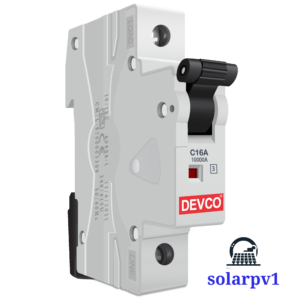
Miniature Circuit Breakers (MCBs) are compact devices used predominantly in residential and light commercial settings. They are designed to handle low current ratings and provide protection by automatically switching off the electrical circuit during overload or short circuit conditions. MCBs are praised for their efficiency, ease of installation, and ability to be reset after tripping, making them a reliable choice for safeguarding household electrical circuits.
Molded Case Circuit Breakers (MCCBs)
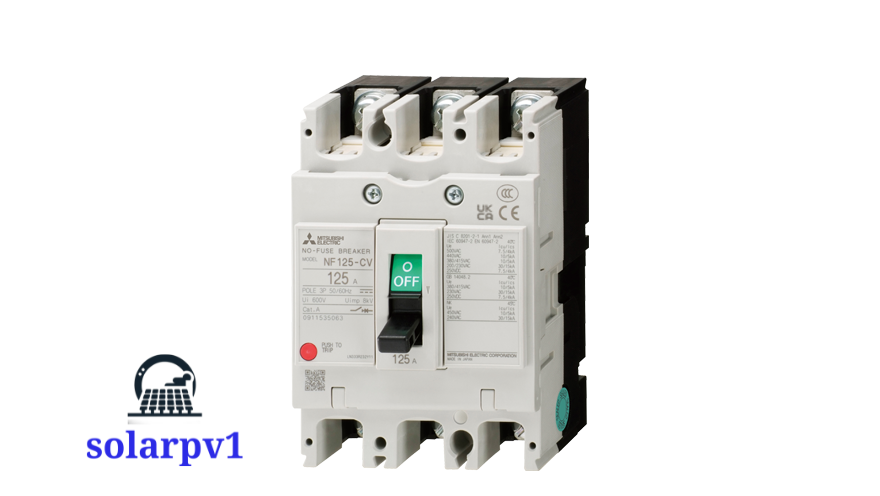
Molded Case Circuit Breakers (MCCBs) are more robust than MCBs and are suitable for higher current ratings. These breakers are commonly employed in commercial and industrial facilities where the electrical load is significantly higher. MCCBs offer adjustable trip settings, allowing for greater flexibility in protecting various electrical circuits. Their design enables them to interrupt larger fault currents, providing enhanced security and reliability in demanding environments.
Residual Current Circuit Breakers (RCCBs)
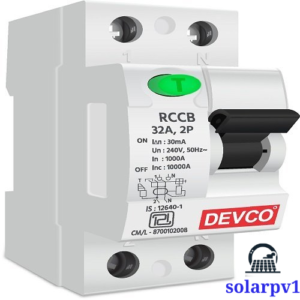
Residual Current Circuit Breakers (RCCBs), also known as Earth Leakage Circuit Breakers (ELCBs), are specialized devices that protect against earth faults and leakage currents. RCCBs are designed to detect imbalances between live and neutral wires, which indicate potential leakage to the ground. These breakers are crucial in preventing electric shocks and fire hazards, making them indispensable in both residential and commercial applications where safety is paramount.
The advantages of using circuit breakers are manifold. They provide reliable protection against electrical faults, can be easily reset after tripping, and offer precise control over current flow. These features make circuit breakers indispensable in protecting electrical installations in homes, commercial buildings, and industrial facilities. Their ability to mitigate the risks associated with electrical overloads and short circuits ensures the safety and longevity of electrical systems.
Fuses: Simple Yet Effective Protection
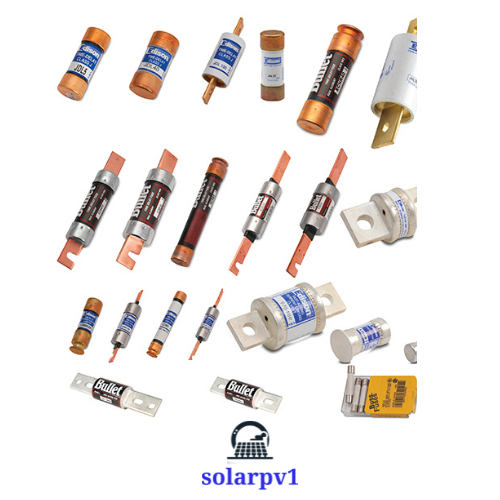
Fuses are among the most fundamental and widely used electrical protection devices. Their operating principle is straightforward: a fuse consists of a metal wire or strip that melts when an excessive current flows through it, thereby interrupting the circuit and preventing potential damage to electrical components. This simple mechanism makes fuses highly reliable and effective for safeguarding electrical systems against overcurrent conditions.
There are several types of fuses, each designed for specific applications. Cartridge fuses are cylindrical and typically used in industrial and commercial settings. They come in various sizes and ratings, making them versatile for different electrical loads. Blade fuses, commonly found in automobiles, are compact and easy to replace. They feature a plastic body with two metal prongs that fit into a socket. Glass tube fuses, often seen in household appliances and older electronic devices, consist of a glass cylinder with metal caps on each end, providing a clear view of the fuse element inside.
Each type of fuse has its unique advantages. Cartridge fuses are known for their high current rating and robustness, making them suitable for heavy-duty applications. Blade fuses are popular for their convenience and ease of use, while glass tube fuses offer the benefit of visual inspection, allowing users to quickly identify a blown fuse.
When comparing fuses to circuit breakers, several factors come into play. Fuses are generally more cost-effective and simpler to install. They do not require additional mechanisms to reset, as circuit breakers do, and once a fuse has operated, it must be replaced, ensuring that the issue causing the overcurrent is addressed before the circuit is re-energized. However, this also means that fuses can be less convenient compared to circuit breakers, which can be reset without the need for replacement. Despite this, the simplicity and reliability of fuses make them an enduring choice for many electrical protection applications.
Surge Protectors: Guarding Against Voltage Spikes
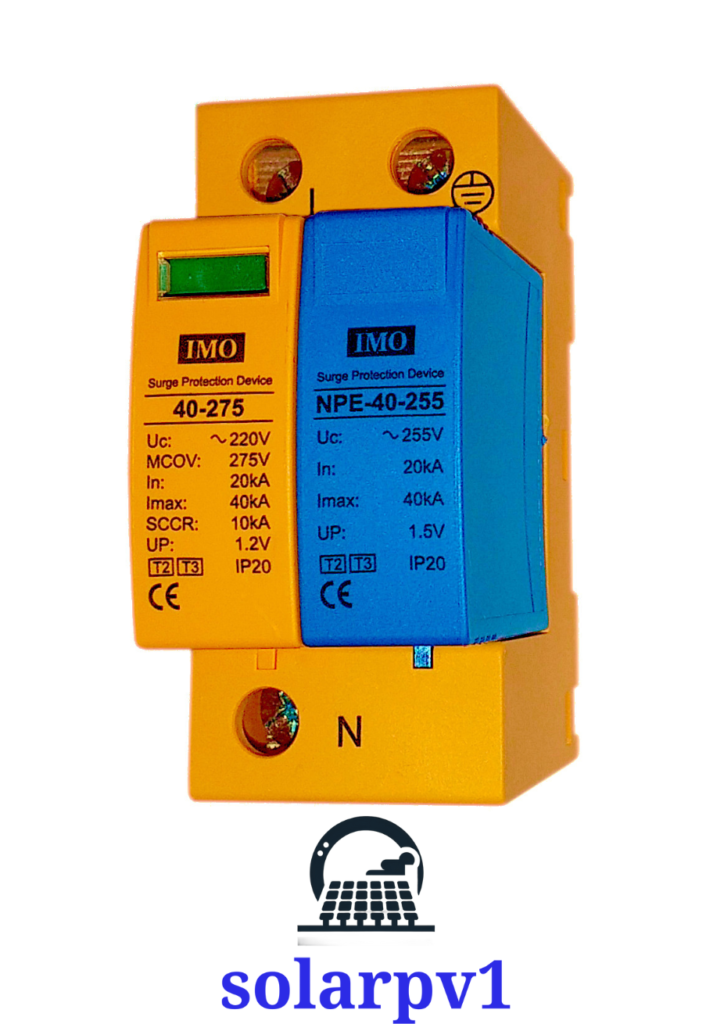
Surge protectors play a crucial role in safeguarding electrical equipment from voltage spikes and surges. These anomalies can arise from various sources, including lightning strikes, power outages, and electrical grid fluctuations. Without proper protection, sudden spikes in voltage can cause significant damage to sensitive electronic devices, leading to costly repairs or replacements.
Surge protectors function by diverting excess voltage away from connected devices. When a surge occurs, the surge protector channels the excessive electrical energy to the ground, thereby preventing it from reaching and damaging the electronics. This redirection is typically achieved through components such as metal oxide varistors (MOVs), gas discharge tubes (GDTs), or transient voltage suppression diodes (TVSDs).
There are different types of surge protection devices (SPDs) available, each serving distinct purposes. Whole-house surge protectors are installed at the main electrical panel and protect all the electrical devices within a home or building. These devices offer comprehensive protection against external surges, such as those caused by lightning or utility company issues. On the other hand, point-of-use surge protectors are designed to protect individual devices or clusters of devices. These are commonly found in the form of power strips and are ideal for protecting sensitive electronics like computers, televisions, and home entertainment systems.
When selecting a surge protector, it’s essential to consider the needs and characteristics of the devices you intend to protect. Look for surge protectors with a high joule rating, which indicates the amount of energy they can absorb before failing. Additionally, check for clamping voltage, which is the voltage level at which the surge protector begins to redirect excess energy. Lower clamping voltage is preferable as it provides better protection. For whole-house surge protectors, ensure compatibility with your electrical system and consider professional installation.
In essence, surge protectors are indispensable tools in the realm of electrical protection. By understanding their function and selecting the appropriate type, you can effectively shield your electronic devices from potential harm, ensuring longevity and reliable performance.
